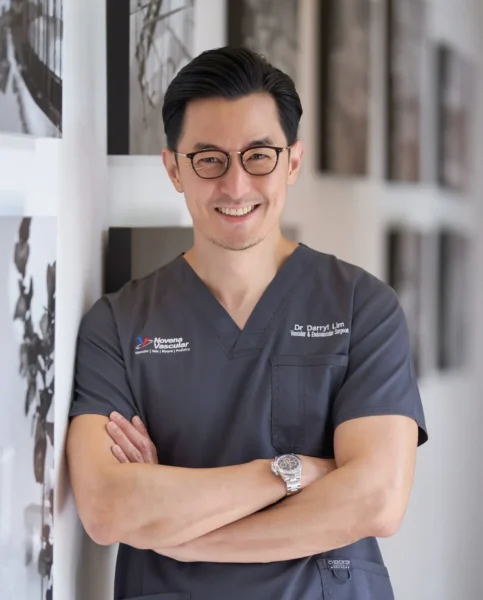Advanced Wound Care
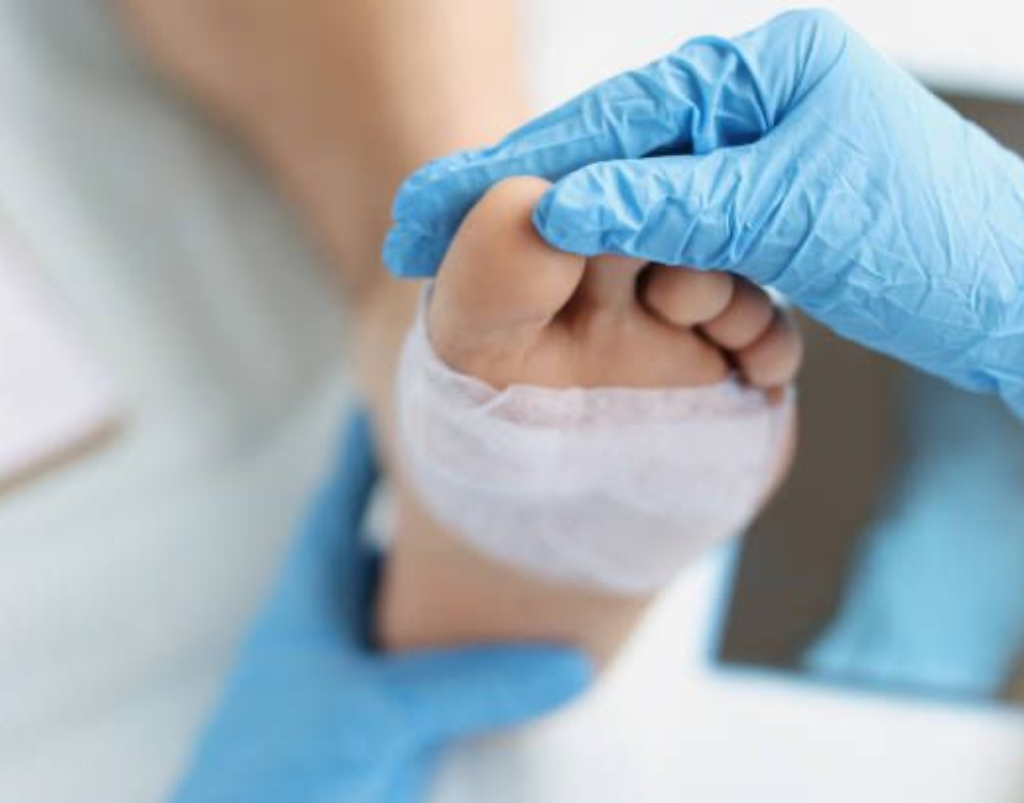
Specialist-led management for complex and chronic wounds
Chronic or non-healing wounds are a significant clinical concern, often indicating deeper underlying issues such as vascular insufficiency, diabetes, or infection. For patients who have not responded to conventional treatments, advanced wound care offers targeted, evidence-based therapies designed to accelerate healing, reduce complications, and improve long-term outcomes.
At our centre in Singapore, advanced wound care services are delivered with a multidisciplinary approach, integrating vascular expertise, wound-specific technologies, and patient-centred planning. We serve both local and regional patients, including those from Malaysia, Indonesia, China, India and Cambodia, who are seeking comprehensive care for complex wound conditions.
The Need for Advanced Wound Management
Wounds that do not heal within four to six weeks are generally considered chronic. These may include diabetic foot ulcers, pressure injuries, venous leg ulcers, post-surgical non-healing wounds, or wounds with underlying peripheral vascular disease. In many cases, delayed healing arises not solely from the wound itself but from systemic factors such as impaired circulation, poorly controlled blood glucose levels, or ongoing pressure on the wound site.
Unaddressed, such wounds can become infected, leading to cellulitis, osteomyelitis, or sepsis. In certain populations—especially those with diabetes or peripheral arterial disease—this may ultimately result in major limb amputation. Early recognition and specialised intervention significantly reduce these risks and can help preserve both function and limb integrity.
Our Clinical Approach
Advanced wound care extends beyond routine dressings. The emphasis lies in accurate diagnosis, targeted intervention, and ongoing monitoring of wound progress. Each management plan is personalised, taking into account the nature of the wound, the patient’s comorbidities, vascular status, and functional needs.
The following are key modalities commonly incorporated into care plans:
| Treatment Modality | Clinical Role |
| Wound Debridement | Removal of devitalised tissue is essential to reduce bacterial load and stimulate granulation. Sharp or enzymatic debridement is selected based on wound characteristics. |
| Targeted Antibiotic Therapy | Infected wounds are managed with culture-directed antibiotic regimens, either topically or systemically, to manage bacterial colonisation and promote resolution. |
| Negative Pressure Wound Therapy (VAC Dressing) | A specialised dressing system that applies controlled suction to the wound bed, promoting contraction, removing exudate, improving perfusion, and supporting granulation. Particularly useful for deep, complex, or post-surgical wounds. |
| Electrical Stimulation (ES) | Application of low-intensity electrical currents to encourage angiogenesis, reduce inflammation, and support tissue repair. |
| Angioplasty and Stenting | For wounds complicated by arterial insufficiency, endovascular procedures such as angioplasty and stenting are used to restore perfusion, facilitating tissue healing. |
| Biological Dressings (e.g., Kerecis) | Advanced graft materials, such as intact fish-skin matrices, provide a scaffold for tissue regeneration and are especially useful in chronic ulcers. |
| Pressure Offloading | Devices such as total contact casts or customised footwear are employed to redistribute weight and reduce mechanical trauma to foot ulcers. |
Each therapy is selected with a clear clinical rationale. In many cases, a combination of treatments is required to achieve a favourable outcome.
Integrating Vascular and Wound Expertise
A unique feature of our wound care service is the integration of vascular diagnostics and intervention. A large proportion of non-healing wounds—particularly in diabetic patients—are related to compromised arterial supply. In such cases, wound healing is unlikely unless the underlying ischaemia is first addressed.
As a consultant vascular and endovascular surgeon, Dr Darryl Lim is able to assess vascular status comprehensively using duplex ultrasound, ankle-brachial indices, and other non-invasive tests. Where necessary, he performs revascularisation procedures such as angioplasty or stenting to optimize perfusion to the affected area. This capability allows for a more holistic treatment model, avoiding fragmented care across multiple facilities.
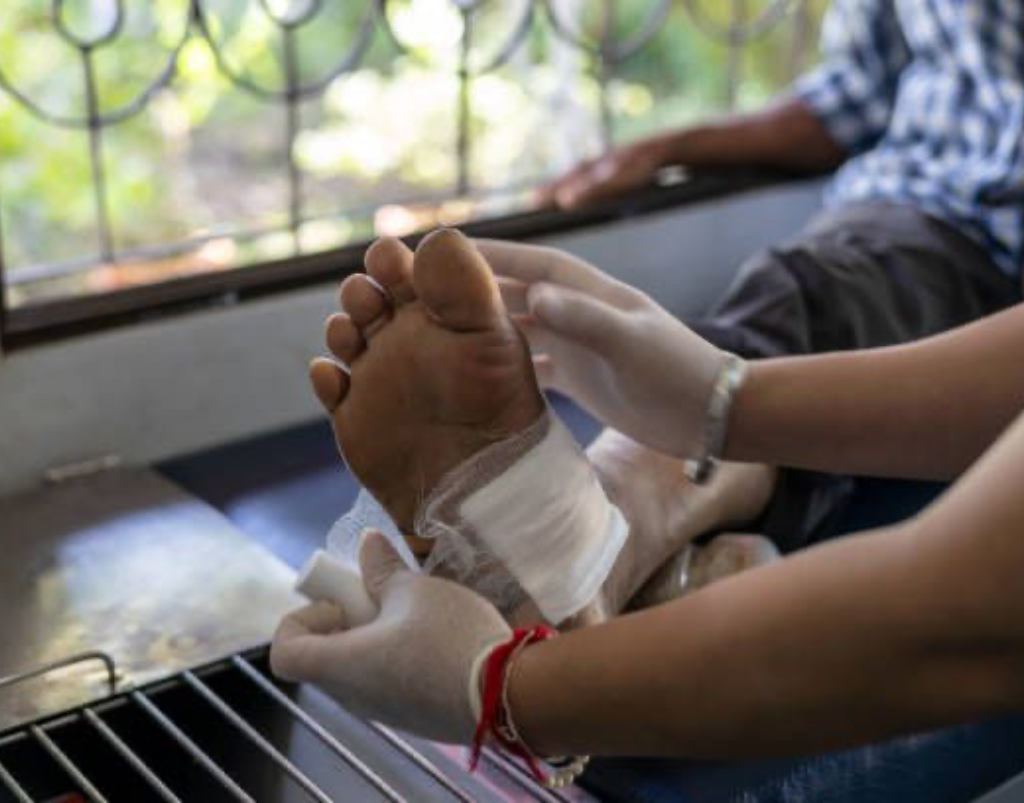
Patient-Centred and Individualised Care
Every patient presents with a unique clinical picture. Some require only advanced dressings and offloading, while others may benefit from combined vascular intervention, antimicrobial control, and long-term monitoring.
The following principles underpin our approach:
- Comprehensive Assessment: All patients undergo a thorough wound and vascular evaluation to establish causative factors and guide treatment.
- Tailored Management Plans: Treatment protocols are adapted to the wound type, infection risk, circulation status, nutritional needs, and patient goals.
- Continuity of Care: Regular follow-up enables dynamic adjustments to therapy and early identification of any deterioration.
- Education and Engagement: Patients and caregivers are supported with clear instructions and realistic expectations, fostering adherence to treatment and home care.
Nutritional support, glycaemic control, and smoking cessation counselling are also addressed where appropriate. These adjunctive efforts often play a critical role in wound resolution.
Referral and Multidisciplinary Collaboration
The clinic welcomes referrals from general practitioners, endocrinologists, cardiologists, podiatrists, orthopaedic surgeons, and other healthcare providers. Referring physicians are kept informed of patient progress, and collaborative management is encouraged when patients are co-managed across specialties.
This multidisciplinary model has been shown to reduce healing times, minimise hospital admissions, and lower the risk of major amputations in high-risk groups.

Why Choose Dr Darryl Lim
Dr Darryl Lim is a Senior Consultant Vascular and Endovascular Surgeon with a focused practice in wound care and limb salvage. His credentials include:
- Certified Wound Specialist Physician (CWSP), accredited by the American Board of Wound Management.
- Fellowship training in vascular surgery with over a decade of clinical experience.
- Former Director of the Vascular Unit at Changi General Hospital, as well as part of the founding group which established the hospital’s Wound Healing Centre.
- Expertise in minimally invasive vascular procedures, with more than 3,000 interventions performed.
This combined experience in wound care and vascular medicine ensures a comprehensive, streamlined approach to managing even the most complex wounds.
Dr Lim’s clinical focus includes diabetic foot care, venous ulcers, toe gangrene, post-operative non-healing wounds, and wounds secondary to ischaemia. The clinic is equipped with modern facilities to support these services, including Negative Pressure Wound Therapy (VAC Dressing), electrical stimulation therapy, and advanced biological dressings.
Accessing Care
Patients with chronic or non-healing wounds, or those with ulcers complicated by diabetes or vascular disease, may benefit from specialist evaluation. Early referral is encouraged, particularly when:
- A wound has not improved with standard care after two to four weeks
- There are signs of infection, deep tissue involvement, or necrosis
- The patient has possible underlying arterial or venous insufficiency
- There is a history of prior wound recurrence or amputation
The clinic accepts both self-referred and physician-referred patients. International patients from the region are also supported, with coordination available for medical travel where required.
Appointments and Enquiries
To enquire about advanced wound care services or to schedule an appointment, please contact the clinic directly. Our staff will provide further information on the consultation process, documentation, and next steps in care.
Specialist-led advanced wound management can significantly improve healing rates, reduce the need for hospitalisation, and prevent limb-threatening complications. With the appropriate intervention, even longstanding wounds may achieve successful closure and allow patients to return to a better quality of life.
FAQ's about Radiofrequency Ablation
A wound is typically classified as chronic if it fails to show significant signs of healing after four weeks, or if it has not fully healed after three months.
Common causes include diabetes, poor circulation (e.g. PVD), prolonged pressure, venous insufficiency, and infection.
PVD reduces blood flow to the limbs, making it harder for the body to deliver oxygen and nutrients needed for tissue repair, which slows or prevents healing.
Advanced wound care should be considered if a wound is not healing, becomes infected, causes persistent pain, or shows signs of tissue breakdown.
Debridement is the process of removing dead or infected tissue from a wound to promote healing and reduce the risk of infection.
Treatment often includes blood sugar control, wound cleaning, pressure offloading, debridement, infection management, and sometimes vascular procedures to restore blood flow.
Compression therapy involves using bandages or stockings to improve venous return and reduce swelling. It is commonly used for venous leg ulcers.
Yes. With timely and appropriate care, including vascular treatment when needed, many wounds can heal fully without requiring amputation.
Healing time varies depending on the type and severity of the wound, as well as the patient’s overall health. Some wounds heal in weeks, while others may take months.
Yes, especially if the wound is located on the lower limbs and healing is delayed. Identifying and treating vascular problems is essential for proper wound healing.
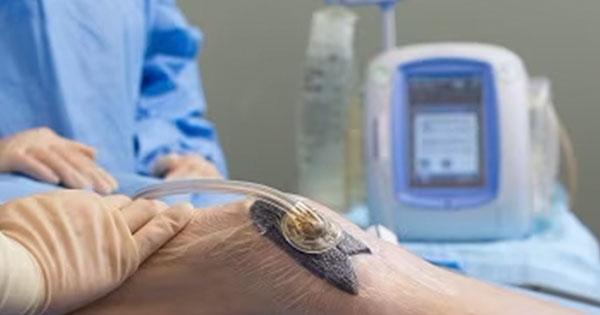
VAC Dressing: Innovative Solutions for Faster Wound Healing
VAC (Vacuum-Assisted Closure) dressings use controlled negative pressure to speed up healing by removing excess fluid and boosting blood flow. Ideal for slow-healing wounds like diabetic ulcers or surgical incisions, VAC therapy promotes healthy tissue growth, reduces infection risk, and supports faster recovery.
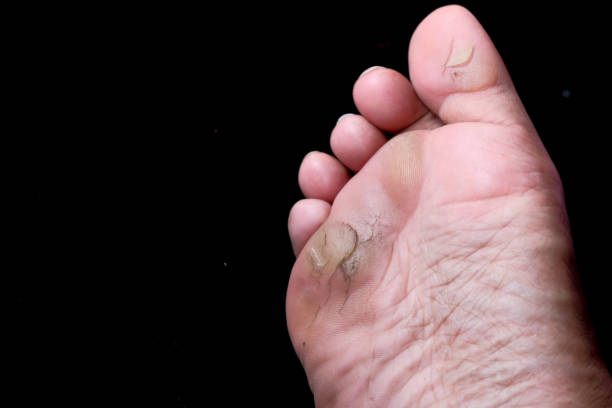
Recognizing the Symptoms of Toe Gangrene and What to Do Next
Gangrene, often affecting diabetic patients, results from poor blood flow or infection, typically in the toes and feet. Early symptoms like discoloration, pain, or swelling should not be ignored to prevent serious complications. Dr. Darryl Lim, a Vascular Specialist in Singapore, provides expert care to preserve tissue and maintain foot health.

How Negative Pressure Wound Therapy Can Support Your Healing Journey
Struggling with a stubborn wound? Negative Pressure Wound Therapy (NPWT) uses gentle suction to enhance blood flow, remove fluid, and speed up healing. With expert care from specialists like Dr. Darryl Lim, NPWT offers a powerful solution for faster, more effective recovery.

Comprehensive Diabetic Foot Care To Prevent Complications
Diabetic foot complications, caused by nerve damage and poor circulation, can increase infection risks and hinder wound healing, especially in Singapore’s humid climate. Regular screenings, daily foot care, and expert treatment, including custom orthotics and specialized wound care, are essential to prevent ulcers and infections. Dr. Darryl Lim and his team provide tailored care to help patients maintain healthy feet and avoid serious complications

Recognizing and Treating Early Stage Diabetic Foot Ulcers
Diabetic foot ulcers, caused by poor circulation, nerve damage, and high blood sugar, can lead to infections and even amputation if not detected early. Dr. Darryl Lim and his team in Singapore specialize in early-stage ulcer treatment with advanced care, and patients can reduce risks by recognizing warning signs and adopting preventive habits like daily foot inspections and wearing proper footwear.
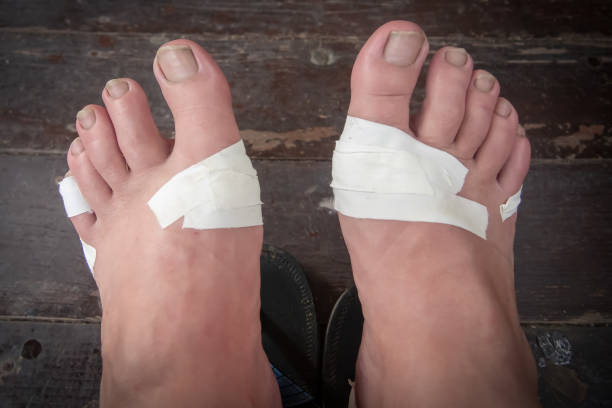
Healing vs. Non-Healing Wounds: What You Need to Know
For diabetic patients, identifying healing versus non-healing wounds is crucial to prevent complications like infection or amputation. Dr. Darryl Lim, a Certified Wound Specialist Physician in Singapore, provides advanced treatments and personalized care to support healing and avoid long-term issues.

